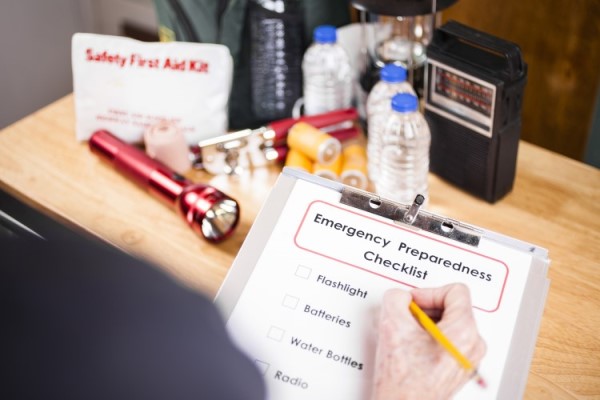Planning for Winter Emergencies
Programs in areas that experience extreme cold should have a plan for handling winter emergencies. Explore tips your program can use to prepare for emergencies such as frostbite, hypothermia, and loss of power.
 Being prepared before an emergency — such as a natural disaster, health pandemic, or violence — makes it easier for everyone to cope and recover during and after that emergency. These resources help early childhood programs learn more about emergency preparedness.
Being prepared before an emergency — such as a natural disaster, health pandemic, or violence — makes it easier for everyone to cope and recover during and after that emergency. These resources help early childhood programs learn more about emergency preparedness.
Check out emergency response and recovery and mental health and emergencies to explore related resources about responding to and recovering from disasters or emergencies.
Programs in areas that experience extreme cold should have a plan for handling winter emergencies. Explore tips your program can use to prepare for emergencies such as frostbite, hypothermia, and loss of power.
In this webinar, learn how to use the Emergency Preparedness Manual for Early Childhood Programs. Explore how to develop emergency plans to keep children, families, and staff safe if disaster strikes.
Learn how to gauge your program's risk of landslides and mudslides. Find help to develop an effective plan and practice it so you know what to do if your program is affected by a landslide or mudslide.
Tornadoes can happen at any time and occur all over the United States. Explore tips for preparing your program for tornadoes.
These resources will help early childhood programs learn more about emergency preparedness, response, and recovery.
Review requirements that ensure children are kept safe at all times. This standard addresses safety practices for facilities, equipment and materials, disaster preparedness, hygiene, lead exposure, and more.